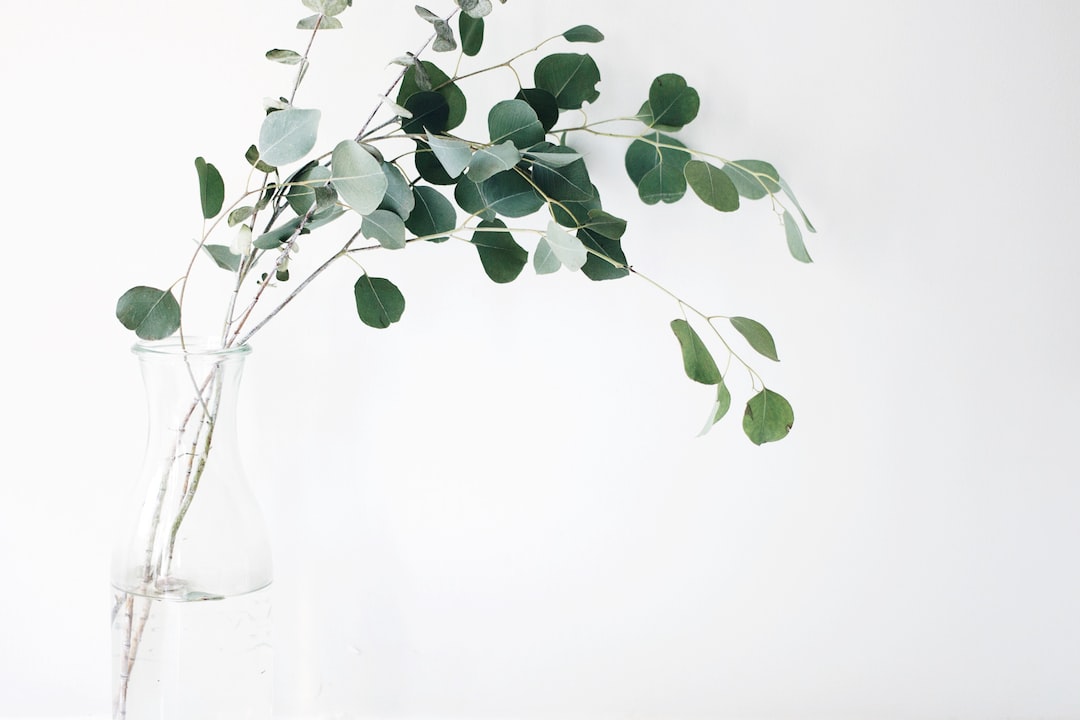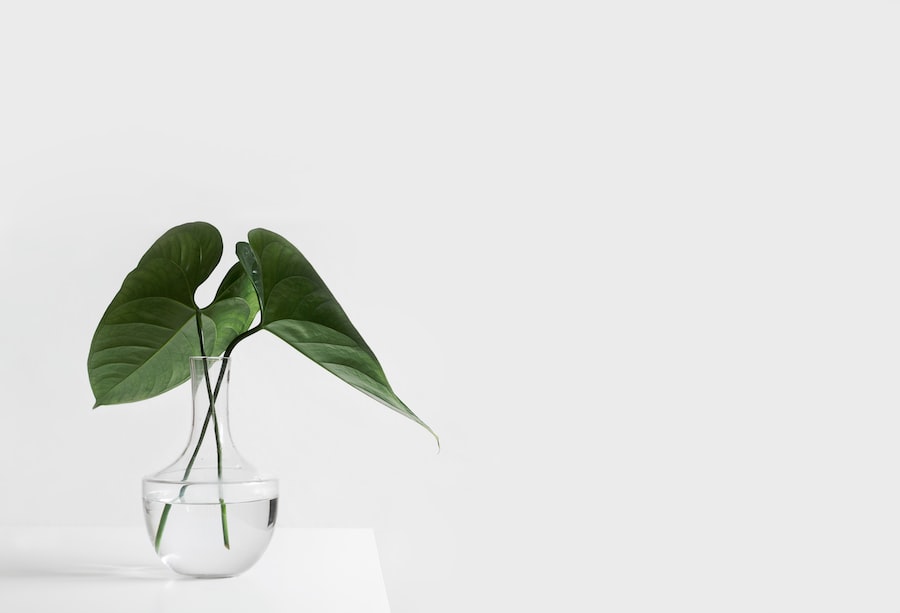Enhancing Your Iris Garden: Best Plants to Pair with Irises in the Front

Iris gardens are known for their stunning beauty and versatility. With their vibrant colors and unique flower shapes, irises are a popular choice for gardeners looking to add a touch of elegance to their outdoor space. However, to truly make your iris garden stand out, it is important to enhance it with complementary plants. By carefully selecting plants that pair well with irises, you can create a garden that is not only visually appealing but also provides a harmonious and balanced environment for your irises to thrive.
Key Takeaways
- Enhancing your iris garden involves pairing irises with complementary plants and creating a cohesive design.
- Choosing the best plants for the front of your iris garden is important for creating a welcoming entrance.
- Mixing annuals and perennials with irises can provide a variety of colors and textures throughout the growing season.
- Top picks for annuals to pair with irises in the front include petunias, marigolds, and zinnias.
- Perennials that complement irises in the front garden include daylilies, salvia, and coreopsis.
The Importance of Pairing Irises with Complementary Plants
Pairing irises with complementary plants can greatly enhance the beauty of your garden. Complementary plants are those that have contrasting colors, textures, and heights, which can help to highlight the unique features of the irises. For example, if you have purple irises, you may want to pair them with plants that have yellow or orange flowers to create a striking color contrast. Similarly, choosing plants with different textures, such as grasses or ferns, can add depth and interest to your garden.
In addition to enhancing the visual appeal of your iris garden, pairing irises with complementary plants also has practical benefits. For example, planting low-growing groundcovers around your irises can help to suppress weeds and retain moisture in the soil. Similarly, planting taller plants behind your irises can provide shade and protection from strong winds, which can help to prevent damage to the delicate iris flowers.
Choosing the Best Plants for the Front of Your Iris Garden
When selecting plants for the front of your iris garden, there are several factors to consider. First and foremost, you should choose plants that complement the color and height of your irises. For example, if you have tall purple irises, you may want to choose low-growing plants with yellow or white flowers to create a striking contrast. Similarly, if you have shorter irises, you may want to choose taller plants to provide a backdrop and add height to your garden.
In addition to considering color and height, it is also important to choose plants that have similar growing requirements to your irises. For example, if your irises prefer full sun and well-drained soil, you should choose plants that have similar needs. This will ensure that all of the plants in your garden thrive and grow together harmoniously.
The Benefits of Mixing Annuals and Perennials with Irises
| Benefit | Description |
|---|---|
| Extended Bloom Time | Annuals and perennials can provide color and interest in the garden during the times when irises are not in bloom. |
| Increased Biodiversity | Planting a variety of plants can attract a wider range of pollinators and beneficial insects to the garden. |
| Improved Soil Health | Annuals and perennials can help to improve soil health by adding organic matter and nutrients to the soil. |
| Reduced Maintenance | By planting a mix of plants, gardeners can reduce the amount of time and effort required to maintain the garden. |
Mixing annuals and perennials with irises can add interest and variety to your garden. Annuals are plants that complete their life cycle in one year, while perennials are plants that live for more than two years. By incorporating both types of plants into your iris garden, you can ensure that there is always something in bloom throughout the season.
One of the benefits of mixing annuals and perennials with irises is that it allows you to experiment with different colors and textures. For example, you can plant annuals with bold, vibrant colors to create a dramatic effect, while using perennials with softer, more subtle colors to provide a sense of balance. Additionally, mixing annuals and perennials can help to fill in any gaps in your garden and provide continuous color and interest.
Top Picks for Annuals to Pair with Irises in the Front
When it comes to choosing annuals to pair with irises in the front of your garden, there are several options to consider. One popular choice is the marigold, which comes in a variety of colors including yellow, orange, and red. Marigolds are known for their vibrant blooms and strong fragrance, making them a great choice for adding color and scent to your iris garden.
Another option is the petunia, which comes in a wide range of colors including pink, purple, and white. Petunias are known for their long-lasting blooms and ability to attract butterflies and hummingbirds, making them a great choice for adding movement and wildlife to your garden.
Perennials That Complement Irises in the Front Garden

When it comes to choosing perennials to pair with irises in the front of your garden, there are several options to consider. One popular choice is the daylily, which comes in a variety of colors including yellow, orange, and pink. Daylilies are known for their long-lasting blooms and ability to tolerate a wide range of growing conditions, making them a great choice for adding color and texture to your iris garden.
Another option is the salvia, which comes in a variety of colors including blue, purple, and red. Salvias are known for their vibrant blooms and ability to attract butterflies and hummingbirds, making them a great choice for adding movement and wildlife to your garden.
Using Shrubs and Trees to Enhance Your Iris Garden
Shrubs and trees can add structure and height to your iris garden, creating a more dynamic and visually appealing landscape. When choosing shrubs and trees to enhance your iris garden, it is important to consider their size, shape, and growth habit. For example, if you have tall irises, you may want to choose taller shrubs or trees to provide a backdrop and add height to your garden. Similarly, if you have shorter irises, you may want to choose smaller shrubs or trees that will not overpower the irises.
One popular choice for enhancing an iris garden is the hydrangea. Hydrangeas come in a variety of colors including blue, pink, and white, making them a versatile choice for adding color and texture to your garden. Additionally, hydrangeas are known for their large blooms and ability to attract butterflies and bees.
The Role of Groundcovers in a Front Iris Garden
Groundcovers can add texture and interest to your iris garden, creating a more layered and visually appealing landscape. When choosing groundcovers to enhance your iris garden, it is important to consider their growth habit and ability to tolerate the growing conditions in your garden. For example, if you have a sunny, well-drained garden, you may want to choose groundcovers that prefer these conditions.
One popular choice for enhancing an iris garden is the creeping thyme. Creeping thyme is a low-growing groundcover that produces small, fragrant flowers in shades of pink, purple, and white. Additionally, creeping thyme is known for its ability to attract bees and butterflies, making it a great choice for adding movement and wildlife to your garden.
Tips for Creating a Cohesive Front Garden Design with Irises
When designing your front garden with irises and complementary plants, it is important to consider color, texture, and height. By carefully selecting plants that have contrasting colors, textures, and heights, you can create a cohesive and visually appealing design.
One tip for creating a cohesive front garden design is to choose a color scheme and stick to it. For example, if you have purple irises, you may want to choose plants with yellow or orange flowers to create a striking contrast. Similarly, if you have yellow irises, you may want to choose plants with purple or blue flowers to create a complementary color scheme.
Another tip is to consider the texture of the plants in your garden. For example, you may want to choose plants with different leaf shapes and textures to add depth and interest to your garden. Additionally, you may want to choose plants with different heights to create a sense of balance and harmony.
Maintenance Tips for Keeping Your Iris Garden Looking Its Best
To keep your iris garden looking healthy and beautiful, it is important to provide the proper care and maintenance. One of the most important aspects of caring for irises is watering. Irises prefer moist, well-drained soil, so it is important to water them regularly, especially during dry periods. However, it is also important to avoid overwatering, as this can lead to root rot and other problems.
In addition to watering, it is important to fertilize your irises regularly to promote healthy growth and blooming. You can use a balanced fertilizer specifically formulated for irises, or you can use a general-purpose fertilizer with a ratio of 10-10-10. Be sure to follow the instructions on the fertilizer package for best results.
Finally, it is important to prune your irises regularly to remove dead or diseased foliage and promote new growth. You should also divide your irises every few years to prevent overcrowding and maintain their health and vigor. Dividing irises involves digging up the clumps and separating them into smaller sections, then replanting them in fresh soil.
In conclusion, enhancing your iris garden with complementary plants is a great way to add beauty and interest to your outdoor space. By carefully selecting plants that pair well with irises in terms of color, texture, and height, you can create a garden that is visually appealing and harmonious. Additionally, by providing the proper care and maintenance for your iris garden, you can ensure that it remains healthy and beautiful for years to come. So go ahead and start enhancing your iris garden today!



